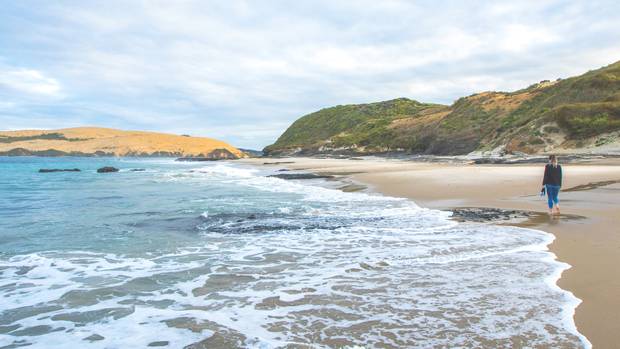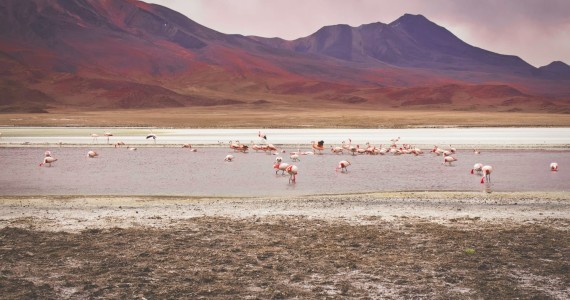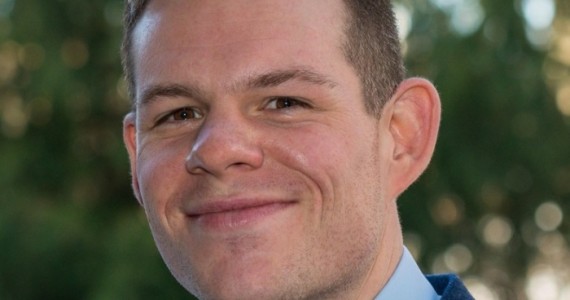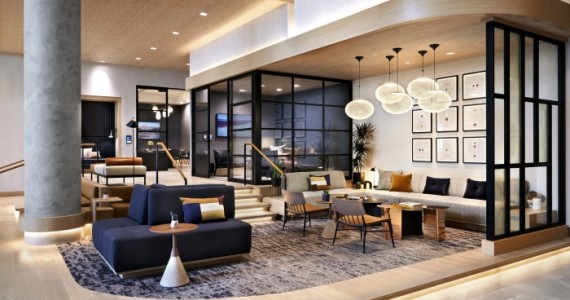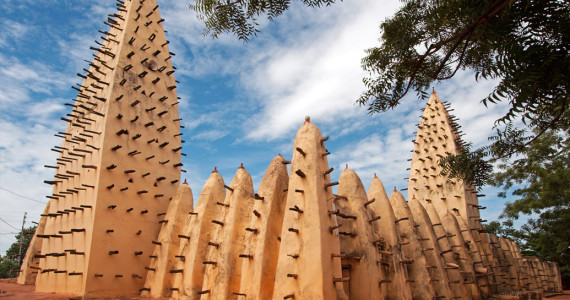Sponsored Listings:
Why you should skip the Bay and head to the Harbour
As I strolled along Rawene’s waterfront Russell Esplanade on a warm early-January evening, I heard a young lad behind me tell his mate, “There’s even space to park my horse here.”
I turned around to take a look. The young teenager was on foot, not horseback, but he didn’t appear to be joking. Perhaps he had wanted to ride his horse into town this evening but had worried there would be nowhere to tether it. An odd conundrum to ponder in 21st-century New Zealand, but I’m certain he was serious. In these parts of Northland — the Hokianga Harbour, on the west coast of the peninsula — life is still overwhelmingly pastoral. The idea of seeing a horse parked up in front of the Four Square doesn’t seem that silly.
Due east from the Hokianga, on the opposite coast, you’d struggle to park a horse along the main street of Paihia or Russell in the height of summer. But that’s a good reason to bypass the Bay and head to the Hokianga Harbour on your next trip to Northland.
In fact, it’s not necessary to travel via the east coast at all. Before crossing the Brynderwyn Hills when travelling north from Auckland, take State Highway 12 towards Maungaturoto, instead of State Highway 1 towards Waipu and Whangarei. There’s little traffic at any time of year, and the road passes through rolling farmland occasionally punctuated with dramatic volcanic cones and outcrops.
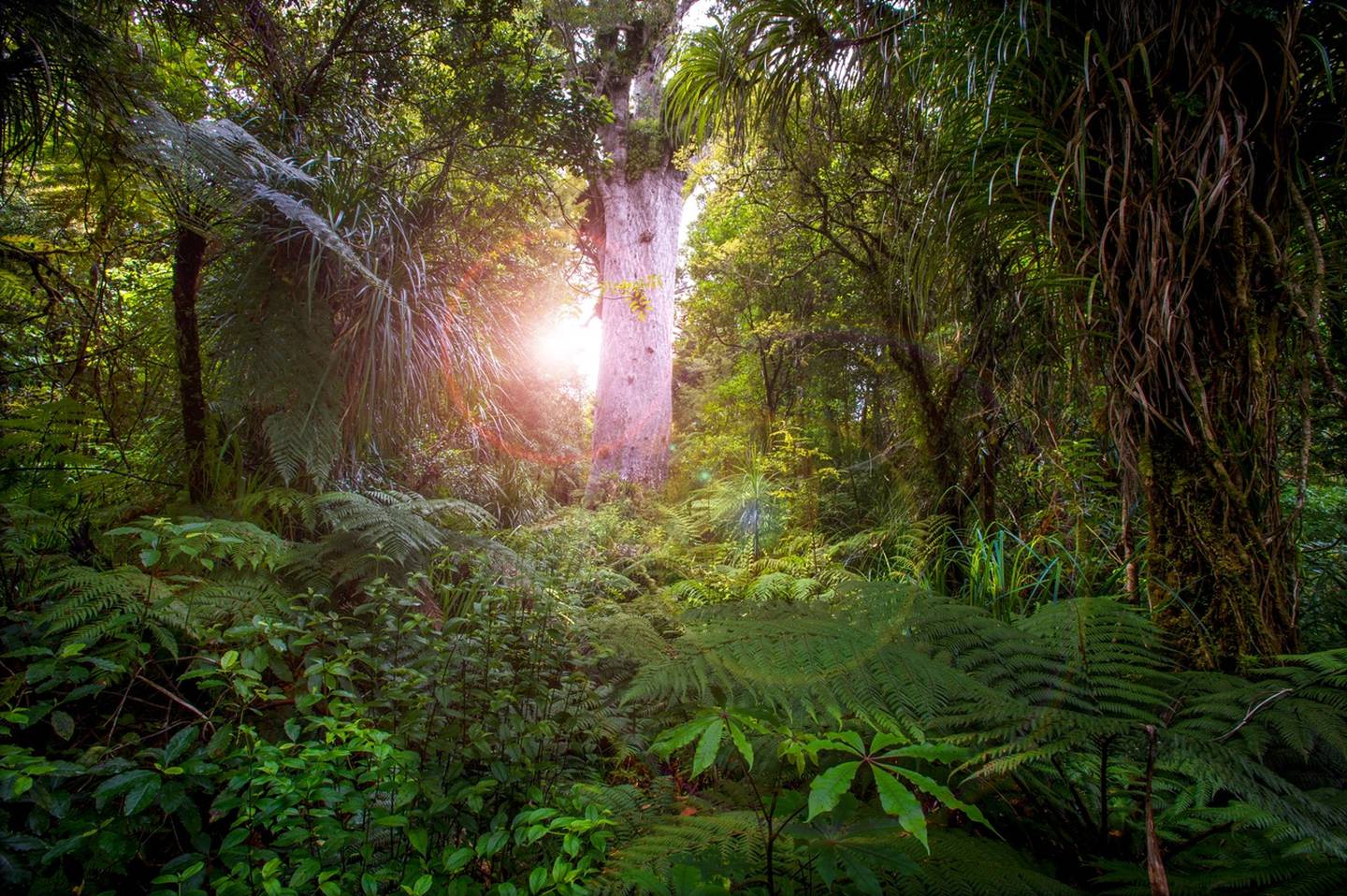
The first worthy stop on the road to the Hokianga Harbour is the Waipoua Forest, long-time home of Tāne Mahuta and other enormous Kauri trees. When spending time here, take the requests to disinfect your shoes seriously, as Kauri dieback disease is threatening this ancient forest.
Just a 20-minute drive further on is the Pakia Hill Lookout, above Omapere, with views across the Hokianga Harbour. To the west is the Arai Te Uru Reserve, which in Māori mythology was once of a pair of taniwha that guarded the entrance to the harbour; the other was at the northern head. Arai Te Uru is also said to be the place where Kupe, the legendary first Māori explorer, arrived in New Zealand.

Straight ahead from the lookout are the towering sand dunes of the north head. While many beaches on New Zealand’s western coastline are comprised of black sand, here they’re a bright, golden white. The pounding waves and ocean currents at the entrance to the Hokianga Harbour, visible from the lookout, live up to west coast infamy, however.
The Hokianga Bar is treacherous in any weather, and especially so when there’s a swell. Little large-scale shipping and trading occurs in the Hokianga these days, but recreational fisherfolk are advised to take extreme care.
The present lack of commerce wasn’t always the case in the Hokianga. Kauri forests once covered more than a million hectares in the upper North Island, and by the 1830s large sawmills and distribution networks supplied demand for the popular, easily workable wood. Demand peaked in the 1880s, and by the first decade of the 20th century, large-scale Kauri logging had all but ceased.

Black-and-white historical photographs illustrating the hard work of Kauri logging adorn the walls of pubs and cafes in little Rawene, population 470. Rawene is New Zealand’s third-oldest European settlement, founded in the 1820s after the first Europeans came to the area in 1819. Several attractive 19th-century buildings remain along Parnell St and Clendon Esplanade: Clendon House, the Masonic Hotel, the Courthouse, and the Methodist Church, all dating from the 1860s and ’70s. The more contemporary Boatshed Cafe, cantilevered over the water, displays and sells local arts and crafts, and is the best place to eat in town.
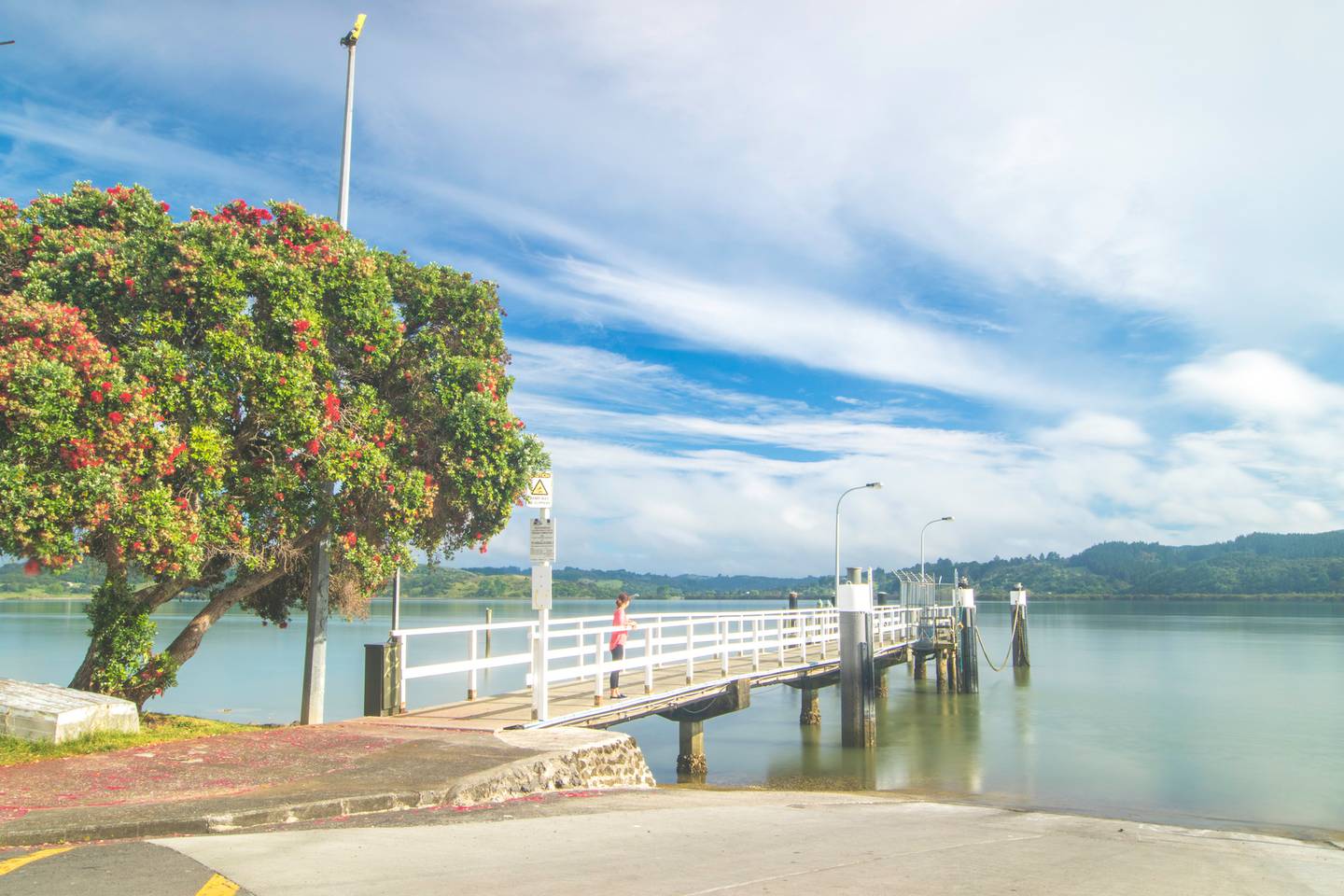
Rawene is an ideal base for exploring the Hokianga Harbour because of its variety of boutique accommodation, its limited but attractive dining options, and its connections to other parts of the Hokianga. Just along from the Boatshed Cafe is the Rawene Ferry Terminal, although the official-sounding “ferry terminal” might give a more formal impression of the little jetty than the reality. Car ferries run to Kohukohu, on the northern side of the Hokianga Harbour, and save a very long road detour around the eastern arm of the harbour and the Waihou River. Like Rawene, Kohukohu is a relaxed place to browse local art galleries and fish from the wharf. Ferries run every day of the week, either every half hour or every hour between 7am and 8pm. Taking your car is the convenient option if you plan to travel onwards from Kohukohu (perhaps up to Kaitaia and Ninety Mile Beach, or east to the Bay of Islands), but the cheap foot passenger fares make this an attractive day trip from Rawene, too.
Travellers seeking a more active adventure can sign up for sand-dune surfing, fishing charters, and horse treks. As the local lad said, there’s space to park a horse here — and then some.
Source: nzherald.co.nz

